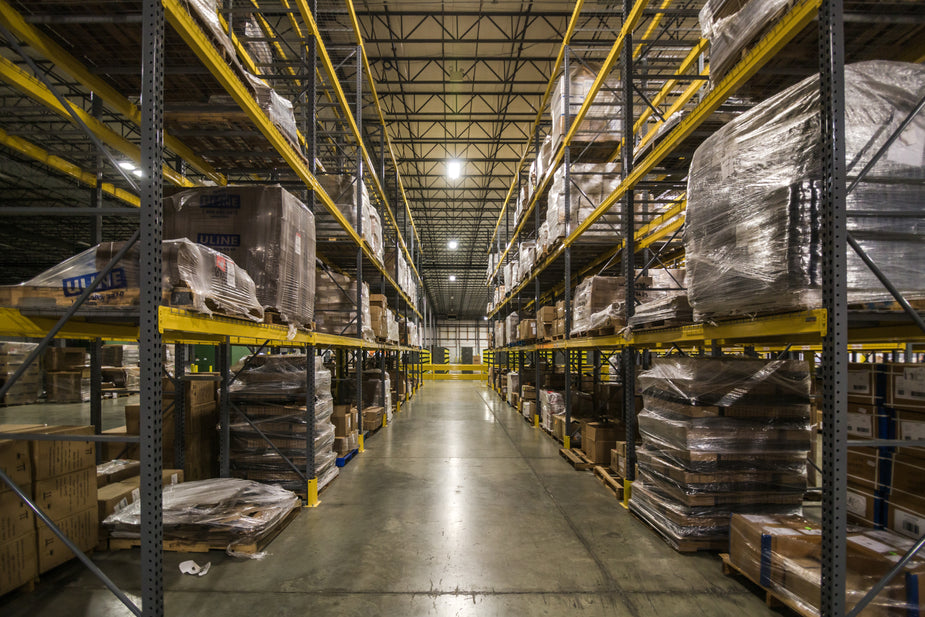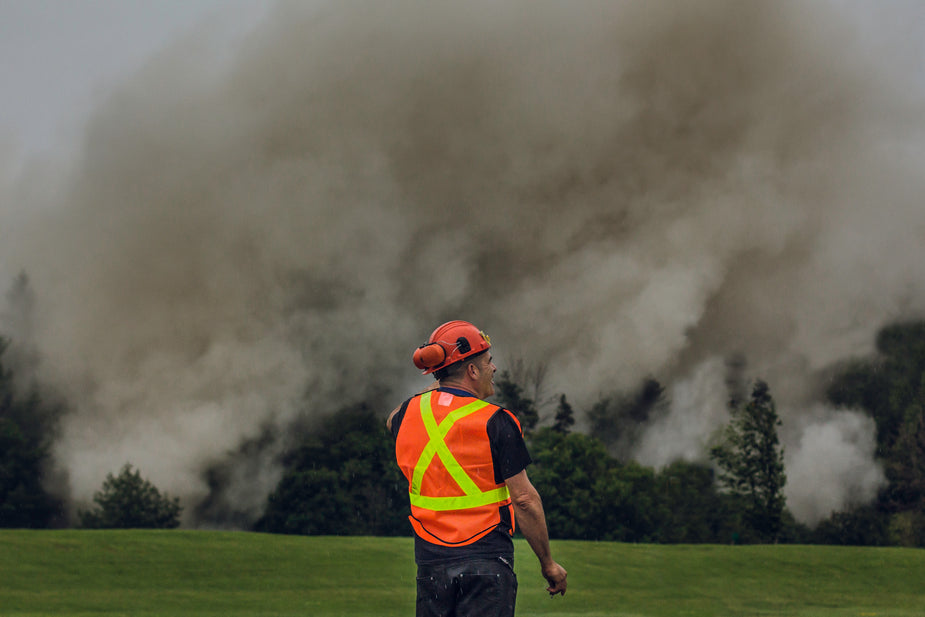News Blogs
-

What Is Dangerous Goods Training?
The inability to understand the consequences of inappropriate shipping and handling of dangerous goods can be costly and “dangerous”. Several fatal accidents can be avoided with sufficient information when employees encounter the transportation of hazardous goods. Knowing necessary safety protocols governing the transport of dangerous goods is critical to preventing accidents. To minimize the threats […]... Learn more
-

The Importance Of Proper Workplace Safety Inspections
Safety is a serious consideration for any company. When workers see a company making an effort to inspect a workplace frequently, it increases the awareness and existence of a safety positive culture, as well as indicates a company cares about the well-being of its workers. Involving workers in such inspections increases their participation and desire […]... Learn more
-

The Difference Between Workplace Incidents And Workplace Accidents?
With so much of our lives spent working, from the office to construction sites, we must understand the significance of health and safety in the workplace. Safety is an essential factor for all businesses, with a joint effort between employers, employees, and contractors to ensure everyone’s well-being. Suppose you’re a casual observer of workplace safety […]... Learn more
-

The Convenience Of WHMIS Online Training
The Workplace Hazardous Materials Information System, or WHMIS, was updated in 2015 to adhere to the Globally Harmonized System of Classifications and Labelling of Chemicals (GHS), developed by the United Nations. All workers in Canada engaged with hazardous products are required by law to have WHMIS training. It is compulsory to know how to handle […]... Learn more
-

Is Your Workplace Prepared to Handle Emergencies?
Is your workplace prepared for a terrorist attack? What about sudden fires – are you capable enough to deal with them? What if someone is at the edge of mortality in the other room? What will you do then? It is easy to brush off these questions as hyperboles, but you know just as much […]... Learn more
-

What You Need to Know About Shipping Hazardous Materials
Do you know that dry shampoo, nail polish, hair spray, perfumes, things that you need in your everyday lives, are labeled as dangerous goods by the Canadian government and the authorities worldwide? Well, they are. And if you’re planning to sell these products online, you must know that shipping these hazardous materials comes with many […]... Learn more
-

10 ways to protect sensitive electronic goods during ground transportation
Electronic goods have become the cornerstone of development. There are hardly any active businesses that don’t rely on them. Therefore, it has become common to see multiple electronic devices being carried on delivery trucks and transported via roadways. In addition to being expensive, electronic goods are also extremely fragile. Mishandling them during transport often leads […]... Learn more
-

How to Transport Lithium-ion batteries or lithium metal batteries as cargo on aircraft in 2022 and beyond?
Lithium batteries are part of our everyday lives, and we can’t understate their importance. However, these power sources made of ultra-light materials are not easily transported, for their volatile nature isn’t only dangerous to the environment but can also injure people. In light of this need, Transport Canada banned all lithium batteries – both lithium-ion […]... Learn more
-
We Are Happy to Present the Newest Addition to Our Team!!!
We would personally like to welcome and introduce the newest member of the Global HazMat Team, Tom Urquhart. Tom joins our team with a wealth of knowledge and many years of sales and marketing experience. Tom will be heading up our sales department, focusing on supporting our North American clients. Tom’s background is in High […]... Learn more
-
Are you a Dangerous Goods or WHMIS Instructor?
Global HazMat is looking for contract trainers throughout North America. If you are looking for flexible work and are comfortable training onsite at our customers’ facilities or virtually using Zoom or Microsoft Teams, we’d love to hear from you. Please send your resume to info@globalhazmat.com... Learn more
